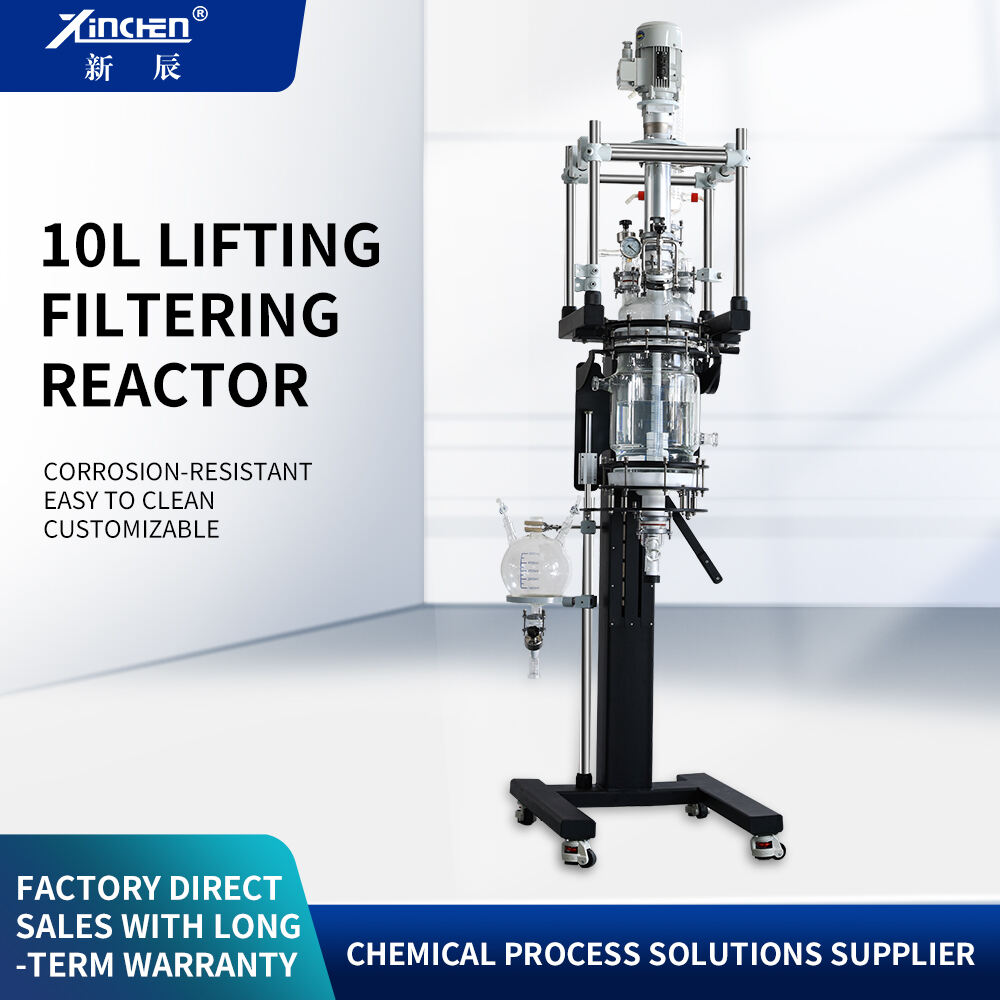glass lab reactor
A glass lab reactor represents a cornerstone of modern laboratory equipment, engineered for precise control and observation of chemical reactions. This sophisticated apparatus combines durability with versatility, featuring borosilicate glass construction that ensures exceptional chemical resistance and thermal stability. The system typically consists of a reaction vessel, heating/cooling jacket, stirring mechanism, and various ports for sampling, reagent addition, and sensor integration. The transparent nature of glass allows researchers to visually monitor reactions in real-time, while the modular design facilitates easy cleaning, maintenance, and configuration adjustments. Advanced models incorporate digital controls for temperature regulation, stirring speed optimization, and pressure management. The reactor's capacity can range from small-scale laboratory operations of 100mL to pilot-scale processes of 50L or more, making it adaptable to various research and development needs. Its applications span across pharmaceutical development, chemical synthesis, biotechnology research, and materials science, providing a controlled environment for both simple and complex chemical processes.


